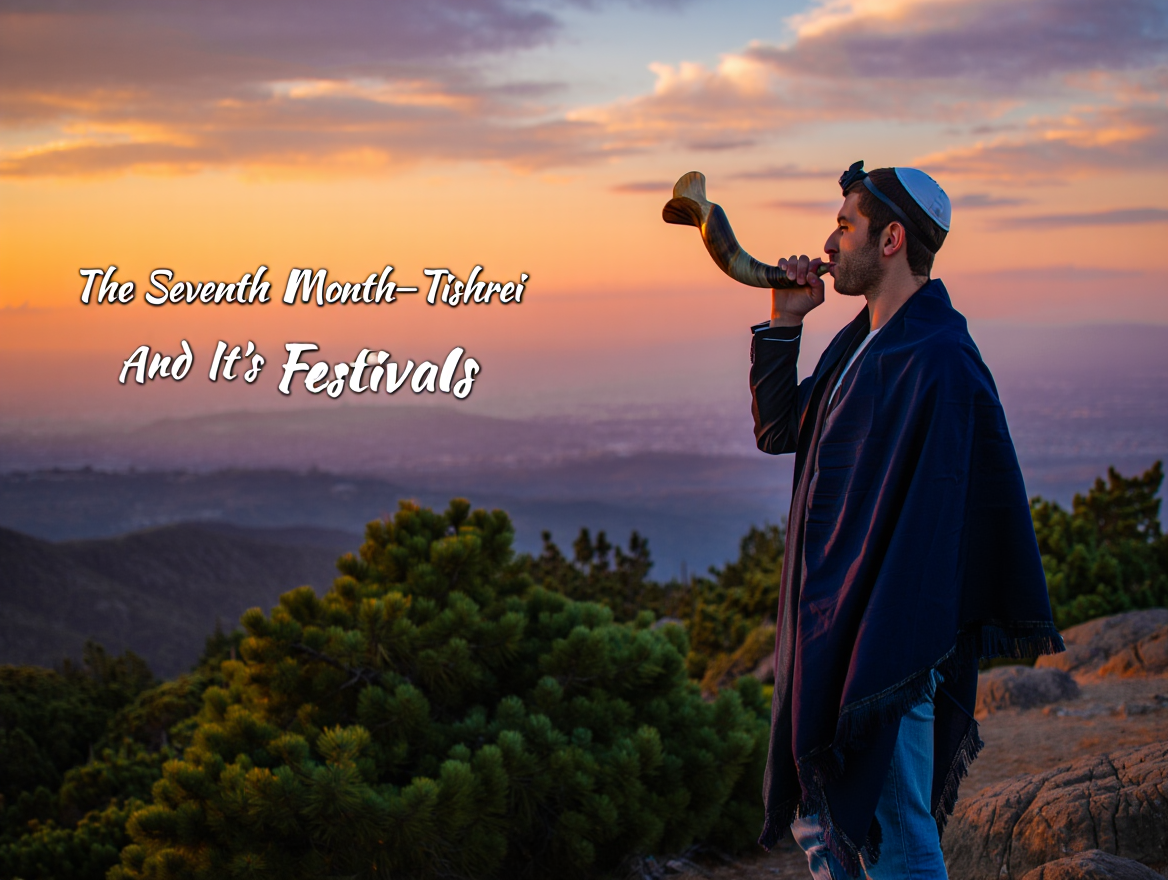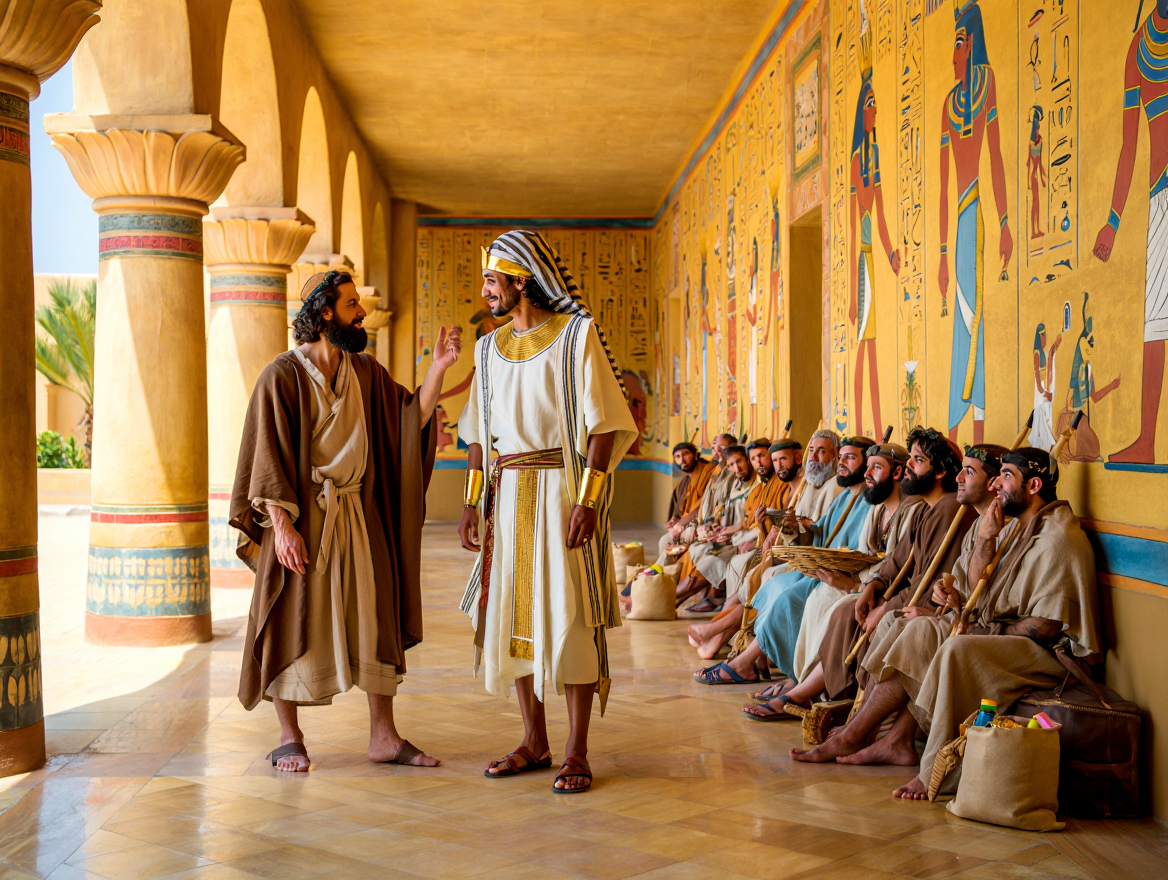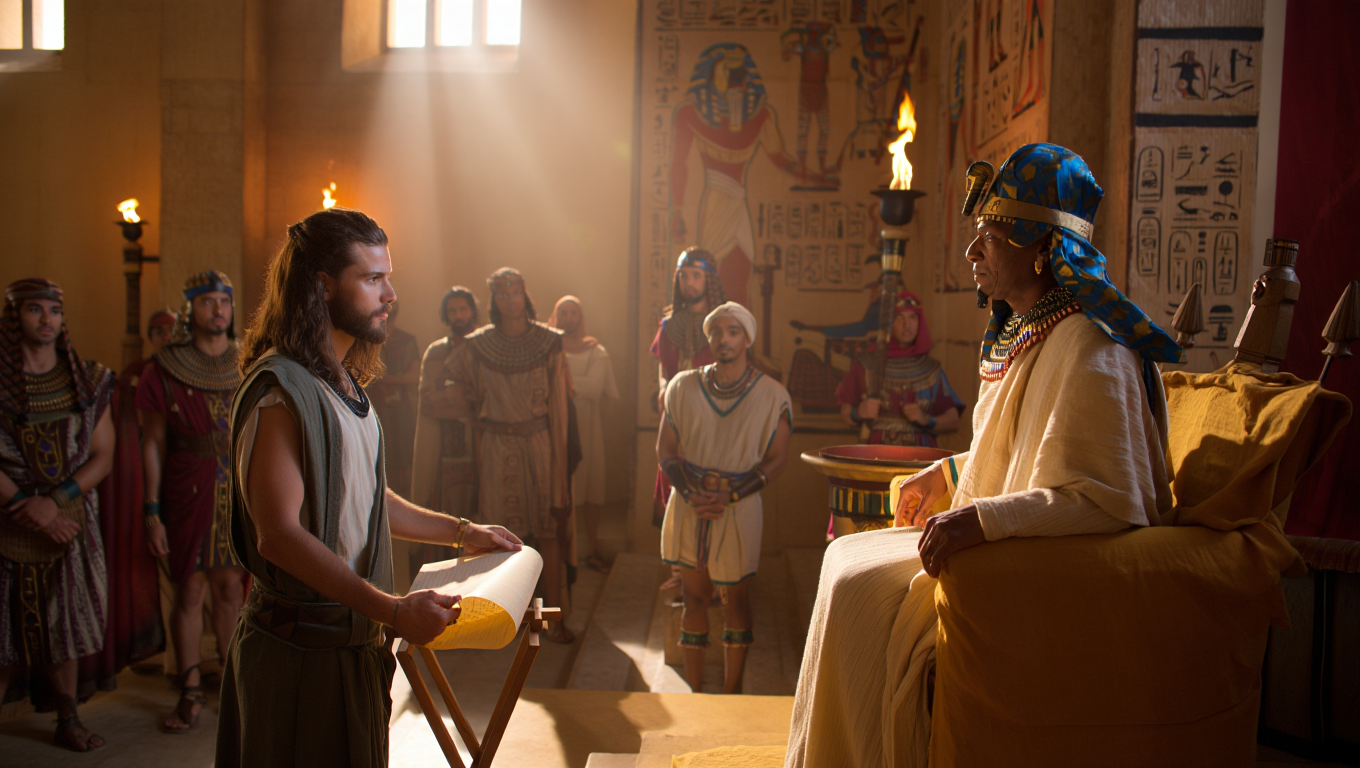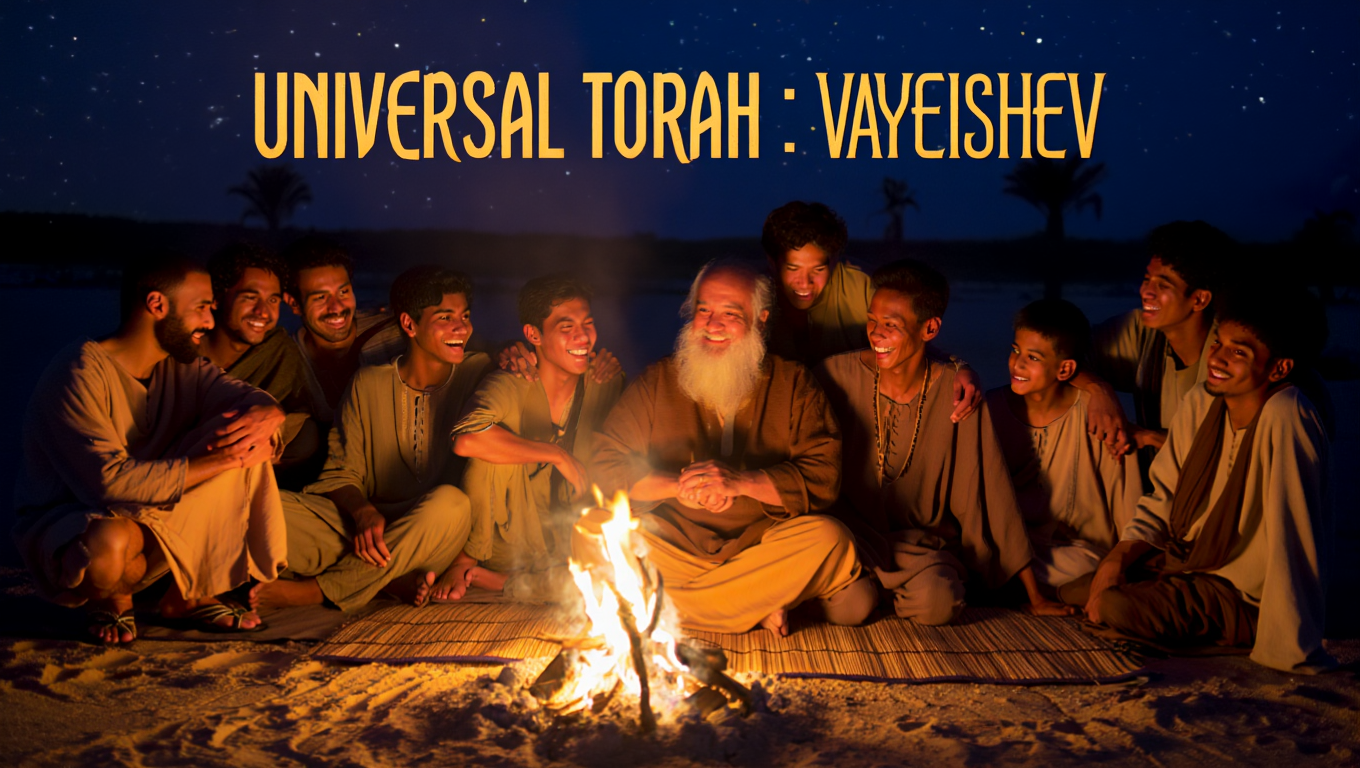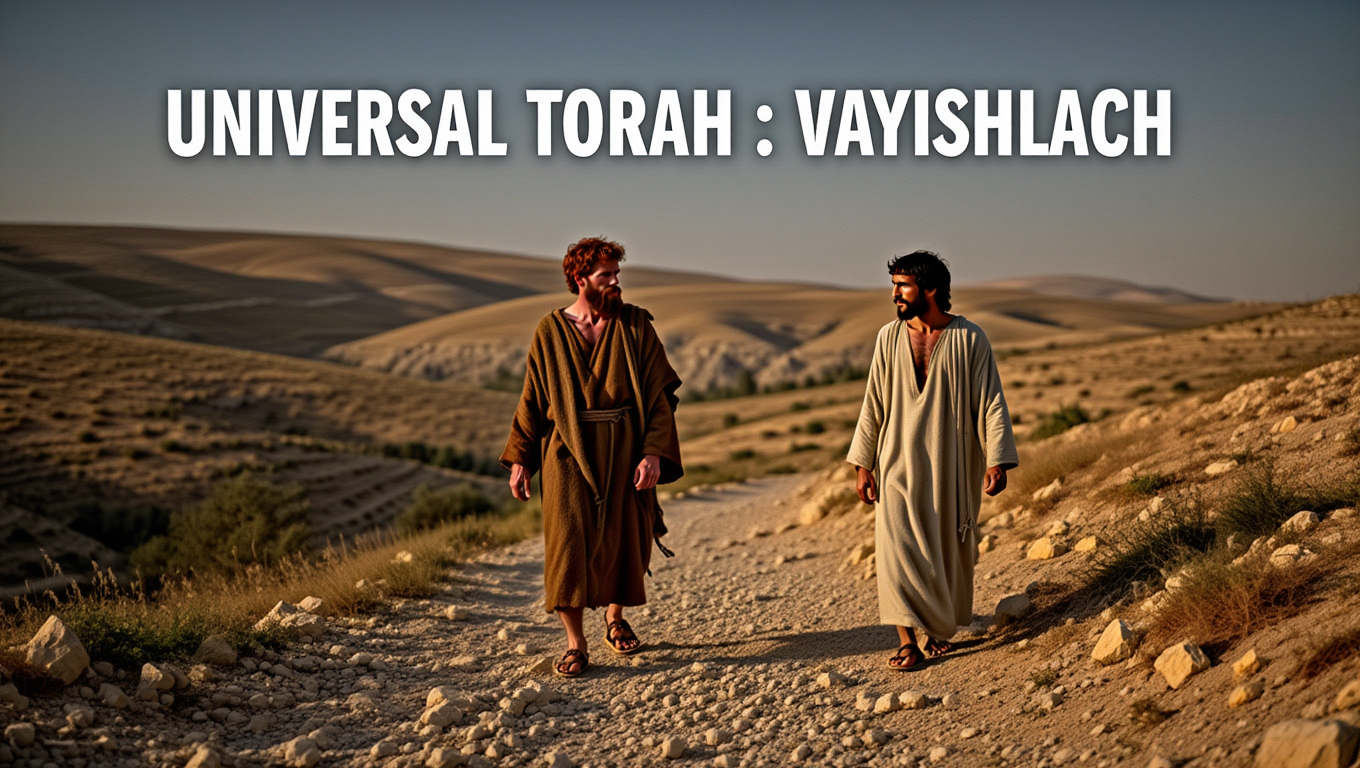The Seventh Month–Tishrei And It’s Festivals
Part of an ongoing series entitled Hidden Sparks Beneath the Surface
By Betty Tabor Givin aka Elisheva Tavor
Immediately following Rosh Hashanah we enter the period leading up to the day of Yom
Kippur or Yom Hakippurim, literally the “Day of Atonements.” In Judaism, it is recognized as
the holiest day of the year. Traditionally, we begin our preparation for this awesome festival forty
days in advance, on the first day of Elul.
We engaged in deep soul-searching and a heartfelt desire to be brought to our knees in
t’shuvah. As we attempt to right our wrongs, we pray to be enabled to reconnect with YHVH, our
Gd and Creator, and to return to the pure souls He created us to be, b’tzelem Elohim, in the very
image of Gd (Genesis 1:26)!
Ten Days of Turning—A Coming Home Experience
Of course, we know that we can do t’shuvah at any time all through the year and that HaShem is always waiting for us with open arms. In Jewish tradition, these ten days bring to mind that Yom Kippur is near and is an opportune time for repentance. The renowned author and winner of the Nobel Prize for Literature S. Y. Agnon, in his classic work on this period, states: “Teshuvah makes atonement for all transgressions; even if a man has transgressed all the days of his life, if he does Teshuvah, at the end, nothing of his wickedness is remembered unto him, as it is said (Ezekiel 33:12): ‘And as for the wickedness of the wicked, he shall not stumble thereby in
the day that he turneth from his wickedness’ [Maimonides, Hilkhot Teshuvah I.3]” (Days of Awe,
p. 119).
Maimonides continues by asking, “What is Teshuvah? It occurs when the sinner forsakes his
sin, and removes it from his thoughts, and concludes in his heart not to do it again, as it is said,
‘Let the wicked forsake his way, and the man of iniquity his thoughts’ (Isaiah 55:7). Let him also
regret what has happened, as it is said, ‘Surely after that I was turned, I repented’ (Jeremiah
31:18). And let the sinner call to Him who knows all hidden things to witness that he will never
return to sin that sin again” (Hilkhot Teshuvah I.I.2).
The period between Rosh Hashanah, on the first day of Tishrei, and Yom Kippur, on the
tenth day, is referred to as the Ten Days of Teshuvah or Repentance. In Judaism these days are
termed Yamim Nora’im, ימים נוראים, “Days of Awe.” They are awe-filled with a heightened
sense of t’shuvah and connection to HaShem as the day of Yom Kippur draws closer!
Jewish tradition tells us that these ten days correspond to the last ten of the forty days that
Moshe was on Mt. Sinai receiving the second set of tablets. And it was on Yom Kippur that he descended the mountain and delivered those tablets with the Ten Words to the people. That event
signified that HaShem had forgiven them for their worship of the golden calf.
Among the many symbols that represent this all-important ten-day period, one of the most
impressive is the traditional chilling plaintive sound of the shofar each morning as it calls us
back home. It takes us back in our mind’s eye to Mt. Sinai and that awesome, one-time event in
all of human history when YHVH, the One and Only Gd and Creator of the universe, spoke to
His people pey el pey, “face to face,” and brought them into a covenant relationship with Him!
If we have truly taken the opportunity to delve deeply into our innermost being during Elul
(which, if you will recall, means “searching” in Aramaic), attempted to engage in t’shuvah, and
have allowed the call of the shofar to resonate within us, then perhaps we are ready to stand
before our Gd and make a fresh start, a good change. According to some scholars, the phrase
“good change” is reflected in the traditional greeting used during this period: shana tova,
meaning “have a good year” (https:// jewishlink.news/features/17135-the-multiple-meanings-of-
the-word-shana).
The Connecting Bridge
As we come to the final stretch of our forty-day journey, we are very cognizant of these last
ten days. Arthur Waskow likens them to a “conscious bridge.” It is a physical bridge of
connection between these two festivals, but also a “spiritual bridge” (Seasons of Our Joy, p. 32).
As we cross this bridge, the sense of t’shuvah is heightened as we see the veritable day of
Yom Kippur fast approaching! It is during this period that the poignant words of the prophet
Isaiah come strongly to mind: “Seek YHVH when He is to be found; call on Him when He is
near” (Isaiah 55:6).
It follows that a brief “stop” approximately halfway across the bridge between Rosh
Hashanah and Yom Kippur would be in order. The Jewish sages therefore proclaimed that the
Shabbat immediately preceding Yom Kippur would be termed Shabbat Shuvah.
Shabbat Shuvah—the Sabbath of Return
Shabbat Shuvah, שובה שבת, is so named because of the special haftorah reading designated
for the day, beginning with the moving words from the prophet Hosea: Hosea 14:2: “Shuvah Yisrael, Return O Israel to YHVH your Gd for you have stumbled in your iniquity. Take words with you and return to YHVH.” Joel 2:12: “And even now, says YHVH, return to Me with all your heart and with fasting and weeping.” Micah 7:18-19: “Who is a Gd like You forgiving iniquity and passing over the transgression of the remnant of His heritage; He does not retain His wrath forever for He desires kindness. He shall return to grant us mercy; He shall subdue all their iniquities; and You shall cast into the depths of the sea all their sins.”
Based on this reading in the book of Micah, it has become a widely practiced Jewish
tradition on the day after Rosh Hashanah for people to go to a flowing body of water, such as a
river, lake, or the ocean, with bits of bread and symbolically cast their sins into the water. This
ritual, called tashlich, meaning “to cast,” connects the spiritual aspect of t’shuvah with the
physical.
The prominent twentieth-century Polish Rabbi Eliyahu Kitov, in speaking of genuine
t’shuvah, says, “The foundations of teshuvah are threefold: regret, confession and forsaking the
committed sin” (The Book of Our Heritage, Vol. 1, p. 32).
There are two Torah portions designated for this special Shabbat; the one read depends on
which day of the week Rosh Hashanah falls. If it falls on a Monday or a Tuesday, the Torah
portion Vayelech (Deuteronomy 31:1-30) is read. If it falls on a Thursday or a Shabbat, then
Haazinu (Deuteronomy 32:1-52) is read.
Each of these passages reflects the theme of t’shuvah, as HaShem knew that after the death
of Moshe, His people would go after other gods and break His covenant. Therefore, he instructed
his prophet to gather them together one last time and to speak plainly to them. In Deuteronomy
31:29 we read his somber words: “For I know that after my death you will surely become
corrupted and turn aside from the way in which I have commanded you and evil will befall you
in the latter days; because you will do evil in the sight of YHVH, to provoke Him to anger
through the work of your hands.”
Yet HaShem, in His mercy, always provides a path of return and a way back to Him. Three
times in this Torah portion we read, “Be strong and of good courage” (Deuteronomy 31:6, 7, 23).
In verse 8, we read the encouraging affirmation that HaShem would go before them, would be
with them, and would not forsake them; therefore, they should not be dismayed.
These encouraging words are not only for the children of Israel; they are for all of G-d’s
children who cleave to Him. There is an ancient path laid out in Jeremiah 6:16 that we must seek.
It is called the “path of return” that leads us through what the rabbis refer to as the “Gate of
Tears.”
The Gate of Tears—and Brokenness
The renowned sixteenth-century Rabbi Yitzkak Luria, known as the “Ari,” states, “One who
doesn’t cry during Ten Days of Teshuvah—his soul is not complete” (Likkutei Sichot, Vol. 9, p.
206).
So cry we must. Rabbi Jacobson compares our tears to the spout on a kettle that serves to
release the internal pressure within us and declares that our tears “can pry open any door.” He
declares that, according to the sages, tears actually “bathe the soul,” and that when we cry out to
HaShem with all our hearts we are washing away “the muck that obscures our pure essence” (60
Days: A Spiritual Guide to the High Holidays, p. 50). There is an ancient Jewish proverb that
makes a similar analogy: “What soap is for the body, tears are for the soul.”
The well-known Chofetz Chaim teaches that nothing is as whole as a broken heart, for when
we have a broken heart, we are vulnerable, stripped of any pretense.
Rabbi Jacobson poses some poignant questions along these lines: “Why is a broken wall the
holiest place for Jews? Why do Jews stand and pray at a broken wall when there are such
beautiful edifices around? Because Jews know that this isn’t a perfect world. As long as the
world is not perfect, Jews cannot stand in a beautiful edifice. Jews can only stand and cry at a
broken wall.” He continues by pointing out that our world is a “broken place full of broken
people whose job is to mend what is broken” (A Spiritual Guide to the High Holidays, p. 52).
So we shed our tears and pray our prayers, and when we reach the culmination of the Ten
Days of Turning, we endeavor to ready ourselves to enter into the awesome day of Yom Kippur.
Yom Kippur—Its Origin, Meaning, and Purpose
The evening of the ninth day of Tishrei on the Jewish calendar is referred to as Erev Yom
Kippur. It marks the beginning of the festival, which continues into the next day until after
nightfall, lasting about twenty-five hours.
In Hebrew, Yom Kippur is called Yom Hakippurim, meaning the “Day of the Atonements”
(plural). The name is based on the biblical verse that states, “And YHVH spoke to Moshe saying,
Also on the tenth day of this seventh month, there shall be a day of atonement [kippurim] for
you” (Leviticus 23:27).
Kippurim means “cleansing” in Hebrew and has the connotation of becoming purified or
forgiven. In Jewish circles, it is the culmination of an intense forty-day period of t’shuvah. After
we have gone through the painful process of searching our inner thoughts and our outward
actions and have done our utmost to correct our misdeeds, we gather in unity to come before our
gracious Gd and Father. With sincere hearts we repent and ask His forgiveness to atone for our
past transgressions, and we ask for His help in our resolution to correct rather than repeat them.
The traditional Yom Kippur service begins on the evening of the ninth of Tishrei before
nightfall. Before the chanting of Kol Nidrei at the beginning of the service, the congregants
examine their consciences and recite Vidui (a private confession of remorse). This prayer
concludes with a heartfelt request from King David that echoes down through the ages: “Create
in me a clean heart O G-d and renew a steadfast spirit within me” (Psalms 51:12).
On Yom Kippur we come to our Father and humbly ask forgiveness for our transgressions
against Him. We pose the question, “But what about our transgressions against others and those
of others against us?” If we expect HaShem to forgive us, should we not be expected to forgive
others? Rabbi Jacobson addresses this idea in what He calls the “cycle of forgiveness.”
“The secret of being able to forgive others,” he states, “is to remember that Gd gave you life
because you matter to Him—you have a vital and irreplaceable role to play in the perfection of
the world. When you remember that, you can have the strength to rise above the pain others have
caused you and forgive both them and yourself” (60 Days: A Spiritual Guide to the High
Holidays, p. 94).
What does forgiveness actually mean? Consulting the original Hebrew always brings clarity.
The word for forgiveness in Hebrew is meclilah, which is related to machol, meaning “circle.”
Rabbi Jacobson explains: “Life is meant to be a circle encompassing all our experiences and
relationships in one harmonious, seamless whole. When someone hurts us, the circle is broken.
Forgiveness is the way we mend the fracture” (Ibid.).
The tradition follows that prior to the beginning of Yom Kippur we go to several people and
ask for forgiveness for anything we may have done to hurt them. In addition, many will pray the
traditional Yom Kippur prayer: “To those I have wronged, I ask forgiveness. To those I may have
helped, I wish I had done more. To those I neglected to help, I ask for understanding. To those
who helped me, I thank you with all my heart.”
Forgiveness not only requires forgiving the person who hurt us, but also forgiving Gd and
forgiving ourselves. It is only then that the circle is again complete and our relationship with
HaShem and our fellow is cleansed and made whole again. This is the essence of t’shuvah and
the festival of Yom Kippur.
Repentance in Judaism, according to Joseph Telushkin, a well-known and widely published
American rabbi, is “ethical self-transformation” (A Code of Jewish Ethics: Volume 1, “You Shall
Be Holy,” pp. 152-173).
This ethical self-transformation, he explains, is the key to understanding the true meaning
behind Yom Kippur. With neither a temple nor a sacrificial system in place, our bodies become
transformed into a temple dedicated to HaShem. And our prayers, through the words of our lips,
become our sacrifices to offer Him our highest praise.
This transformation can be likened to a hidden spark beneath the surface. Once we have
discovered it within ourselves, we can nurture it, help it grow, and build on its meaning—not just
on Yom Kippur, but all year long!
Arthur Waskow makes this analogy: “Yom Kippur becomes a kind of tallis [tallit or prayer
shawl] in time—a prayer shawl to cover the confusions of the year. As worshippers walk into
shul and pick up the tallis, they cover their heads for a moment so as to wipe away the pointless,
pathless wandering of the world. Under the tallis, with the world invisible, it is possible for a
moment to look towards God. So we could look at Yom Kippur as the prayer shawl that God
spreads over all the people Israel if we will take the trouble to pick the tallis up. Under the tallis
we can stand face to face with God” (Seasons of Our Joy, pp. 27-28).
Customs and Traditions
In addition to a day of cleansing, Yom Kippur is also a Sabbath of solemn rest and a day of
afflicting one’s soul. It is referred to as a mikrah kodesh, a holy convocation or gathering
(Leviticus 16:29; Numbers 29:7).
In keeping with the understanding of afflicting our souls, observant Jews fast on Yom
Kippur and observe it as a Sabbath by refraining from work. According to the oral law, there are
five prohibitions for the day: 1) eating or drinking, 2) bathing, 3) anointing the body with oil, 4)
wearing leather shoes, and 5) sexual relations.
There is a lovely and meaningful custom practiced in some Jewish homes (including mine)
of covering the Sabbath table with an elegant white tablecloth and books of Torah spread out
upon it to symbolize that on this special day of Yom Kippur our mouths will be filled with words
of prayer and study rather than food.
The Jewish sages assert that even though Yom Kippur is a fast day, it is not a day of
mourning like Tisha’ba Av. Rather it is a day of joy, for on this day we come together with a
desire to rise above our physical limitations and rid ourselves of physical concerns that might
distract us.
It is customary for Jews all over the world to gather in synagogues or shuls for prayer
services that last most of the day. Some wear kittels or white robes; others dress in white
garments to resemble purity and who, like the angels, have no need for food or drink.
There is a pristine sense of holiness as one enters the synagogue on Yom Kippur. In the front
of the shul is the bema, a raised platform with a reading desk from which the Torah and haftorah
are read on the Sabbath and festivals; and behind it is the ark, which holds the Torah scrolls. The
bema, along with the Torah scrolls in the ark, are covered in white. The Ner Tamid, or eternal
light, hangs high above the ark, and the menorah (seven-branched candelabra) sits to one side.
As the ark is opened to reveal the Torah scrolls, there are blessings and praises to HaShem.
Among these blessings are the familiar words taken from Exodus 34:6-7, which have come to be
known as the “Thirteen Attributes of Mercy” of our blessed Gd. These thirteen attributes speak
of His mercy, power, compassion, grace, forgiveness, and lovingkindness. Thirteen is the sum of
the three letters that make up the Hebrew word echad, meaning “one,” indicating that although
there are thirteen distinct attributes of YHVH’s mercy, they add up to one perfect unity…echad!
These attributes are chanted numerous times during the Nehilah or closing service of the day.
Although the blowing of the shofar is not mentioned in connection with Yom Kippur in the
biblical text, oral tradition states that it is to be blown at the end of this service, marking the end
of the fast. It is followed by the entire congregation loudly chanting L’Shana Haba’ah
b’Yerusalayim (Next Year in Jerusalem). This custom is also practiced at the end of the Passover
seder.
A Final Note—The Cycle of Forgiveness
One of the most beautiful prayers in the entire Yom Kippur service is a hymn, sung
responsively by the cantor and the congregation, which speaks of the beauty of the relationship
between YHVH and His people. It is entitled Ki Anu Amecha (For We Are Your People). It is
introduced with the phrase, “Our God and God of our forefathers, forgive us, pardon us, atone
for us.” This phrase is repeated numerous times during the service. The hymn follows with these
moving affirmations:
“For we are Your people and You are our Gd;
We are Your children and You are our Father;
We are your servants and You are our Master;
We are your congregation and You are our Portion;
We are Your inheritance and You are our Lot;
We are Your flock and You are our Shepherd;
We are Your vineyard and You are our Watchman;
We are Your handiwork and You are our Creator;
We are Your beloved ones and You are our Beloved;
We are Your treasure and You are our Gd” (Artscroll Machzor, p. 596).
May all who celebrate have a veritable Yom Kippur! And to echo the traditional blessing for
this holy day, “Gemar chatimah tovah, May you be inscribed/sealed in the Book of Life!”
Once again, we are reminded of the heartfelt words of Rebbe Nachman, of blessed memory:
“Tears open gates…music demolishes walls!” After having cried our tears, it is time to prepare
for the music and the simcha (joy) of the glorious festival of Sukkot!

